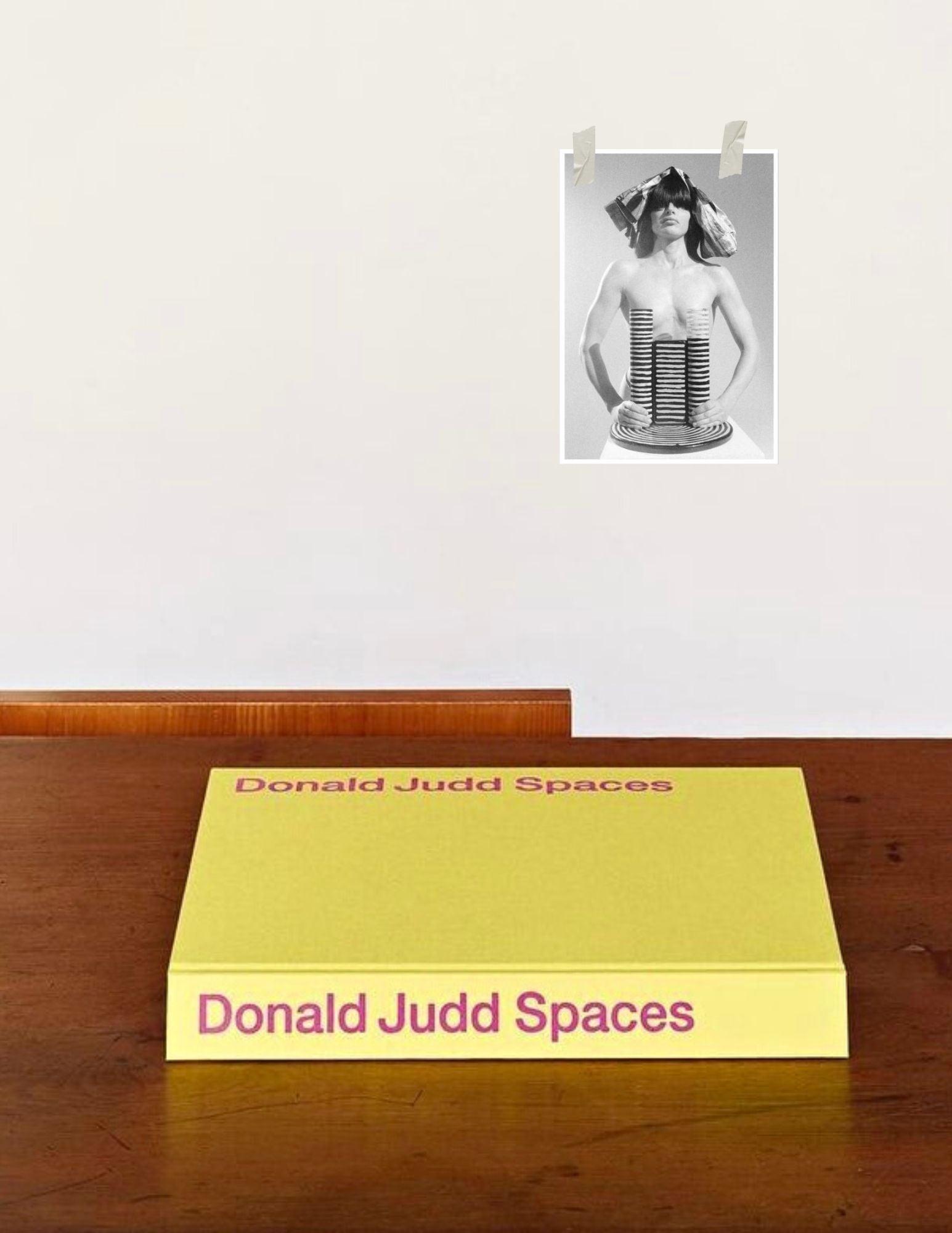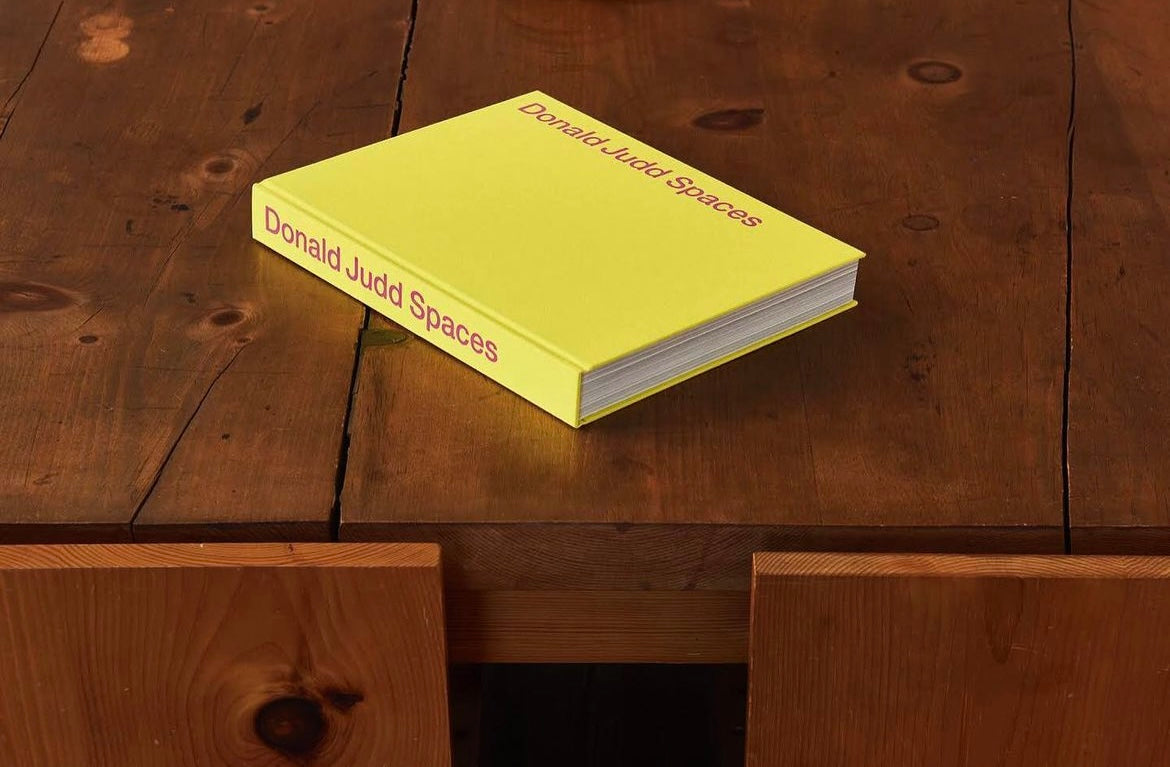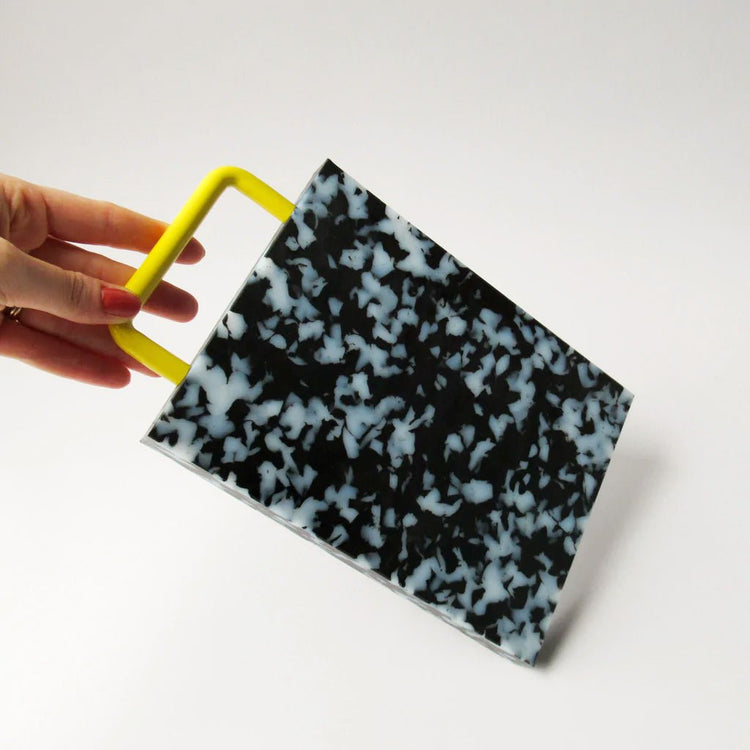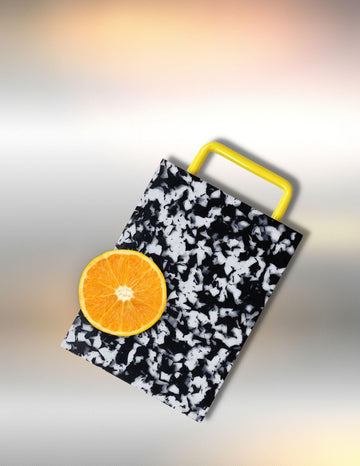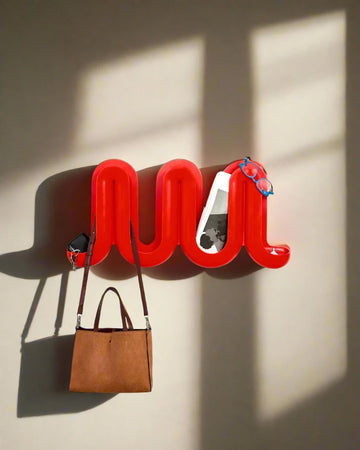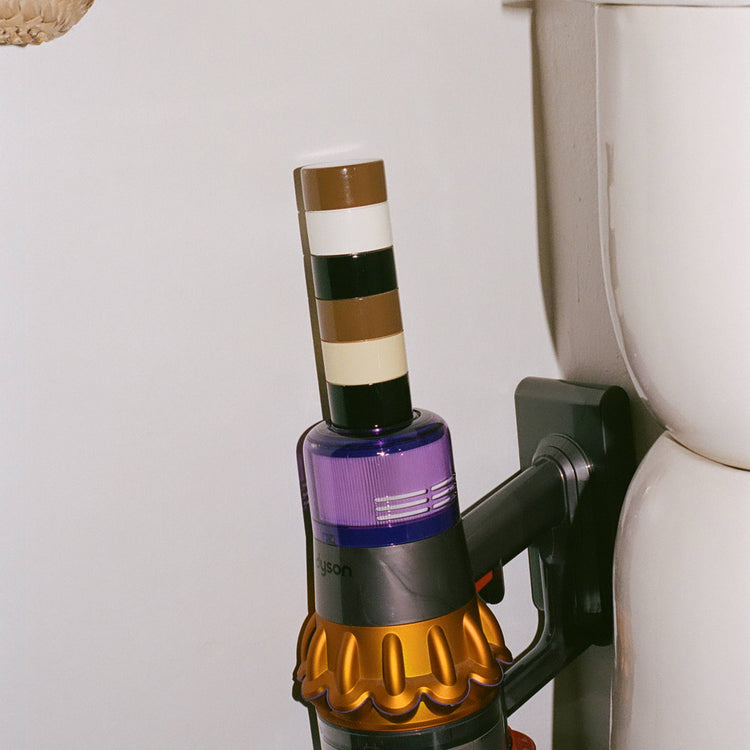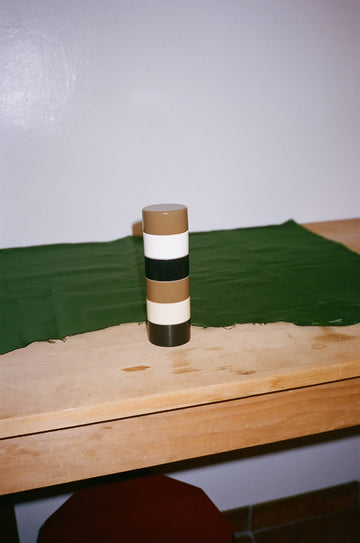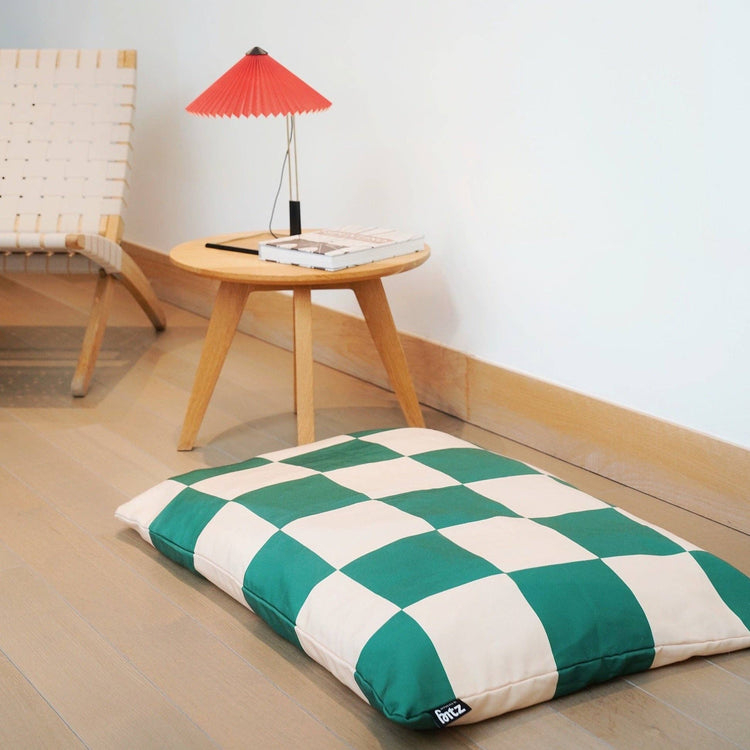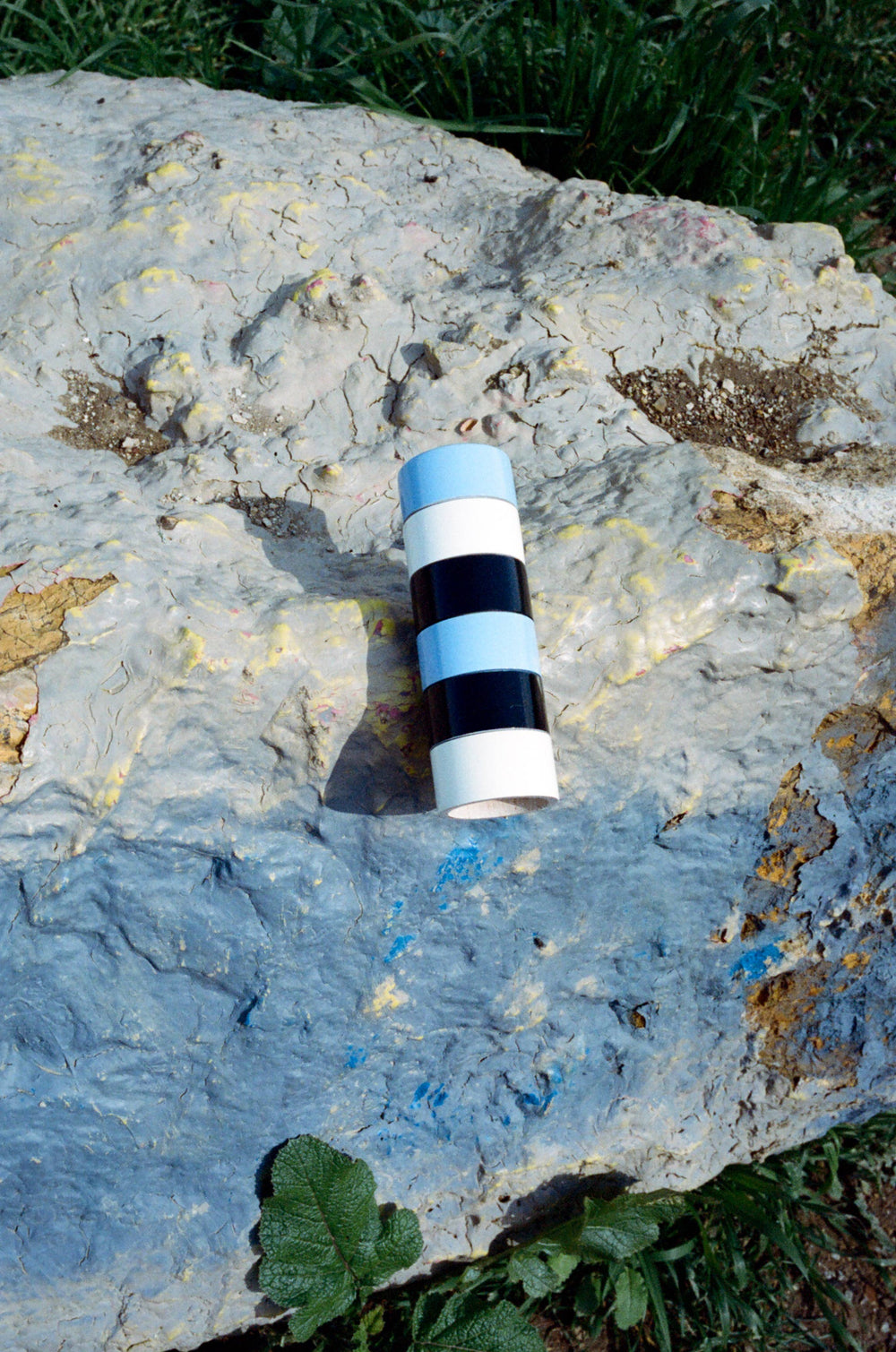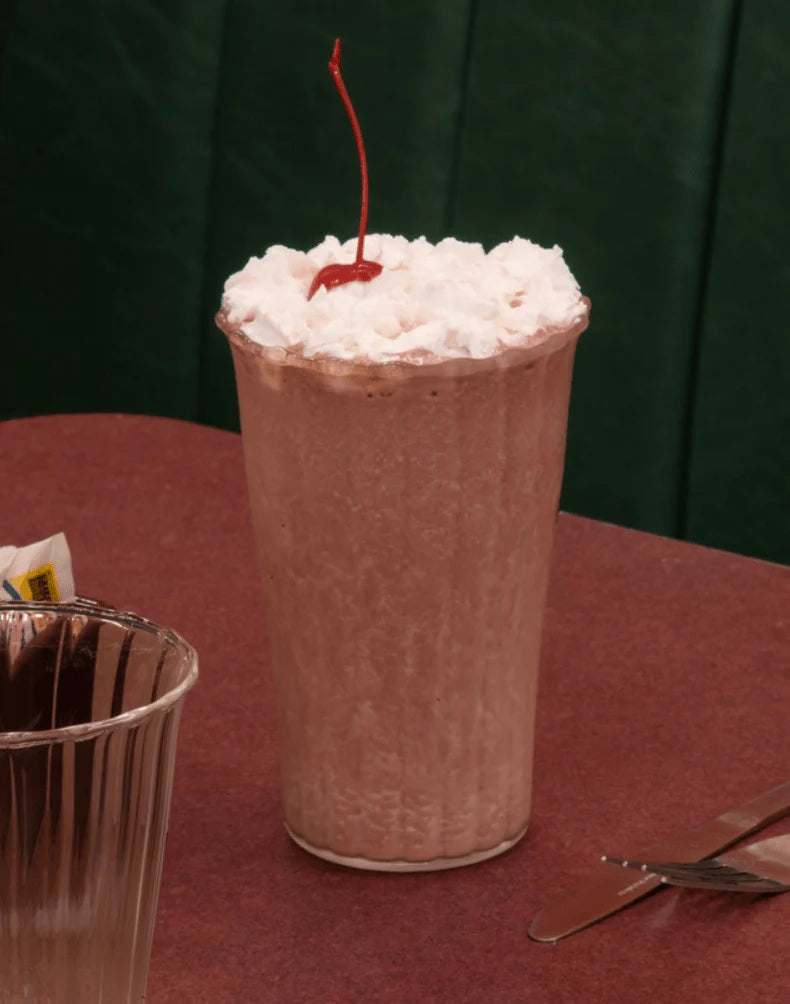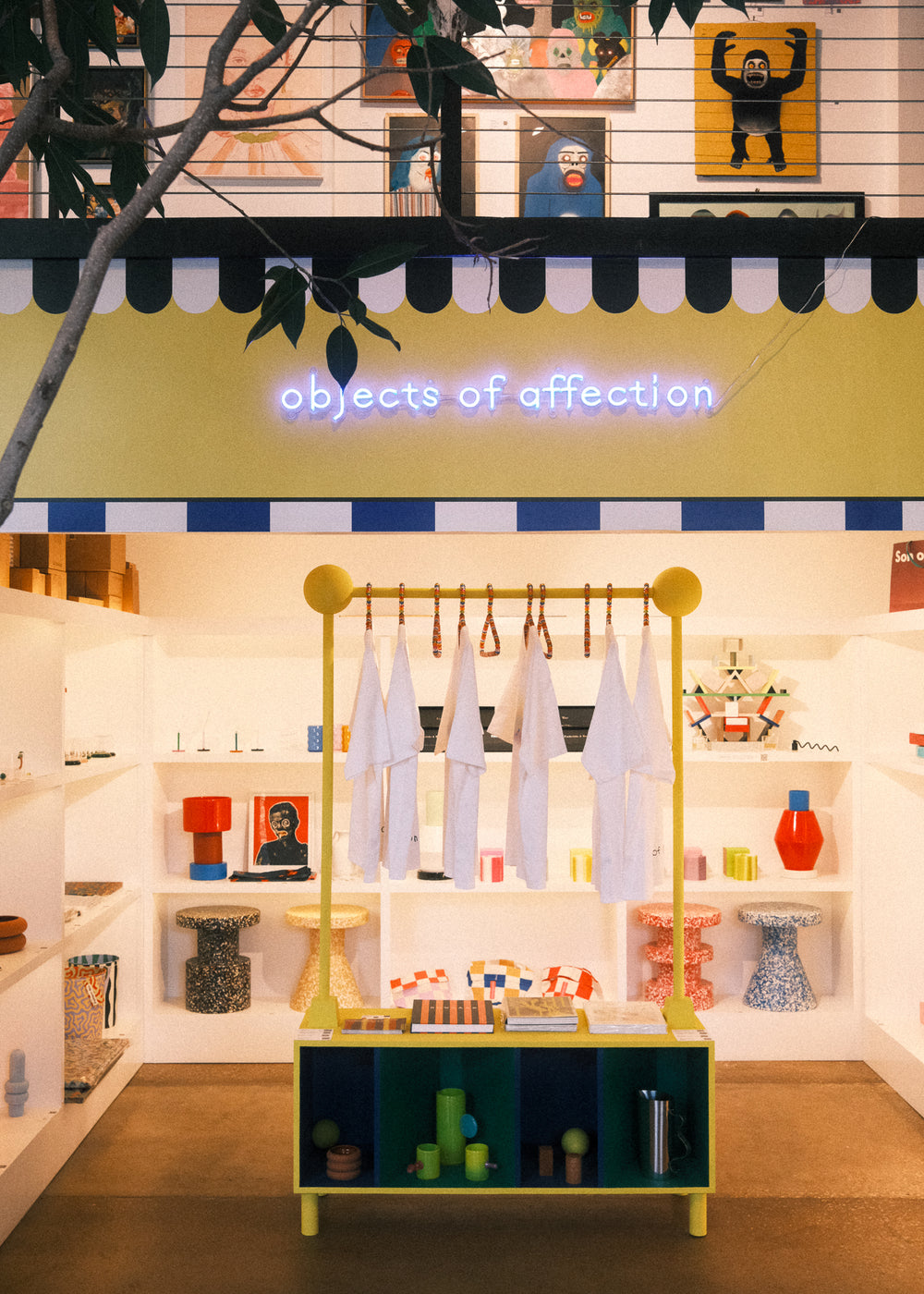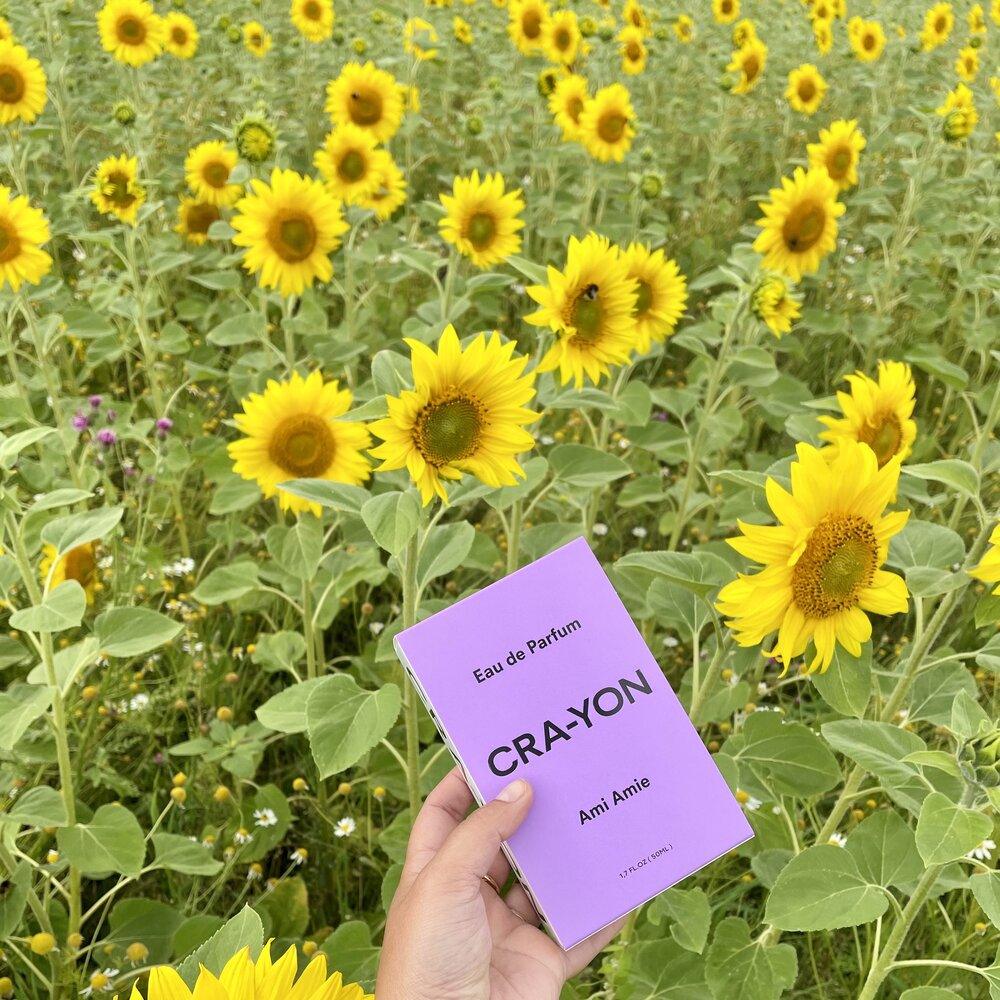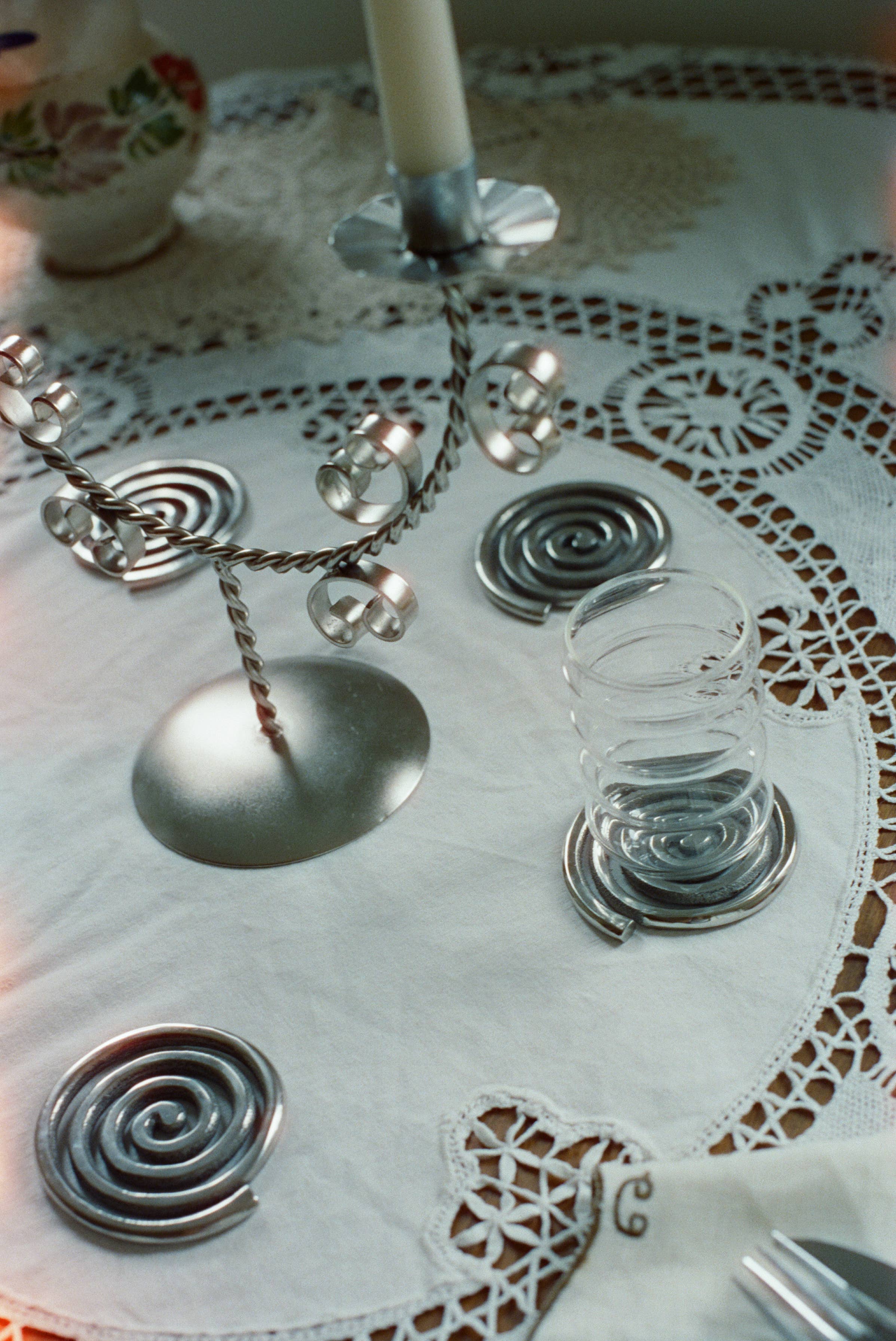Sold out
Donald Judd Spaces
Donald Judd Spaces
Regular price
$144.00
Sale price
$144.00
Regular price
Shipping calculated at checkout.
Out of stock
This newly expanded edition presents an unprecedented visual survey of Donald Judd’s living and working spaces in New York and Texas. Edited by Rainer Judd and Flavin Judd, it includes newly commissioned and archival photographs presented alongside five essays and drawings for architecture and design by the artist. From 101 Spring Street, a 19th-century cast-iron building in Manhattan, to Ayala de Chinati, an extensive ranch in the mountains of western Texas, this book details the interiors, exteriors, and land surrounding the buildings that comprise Judd’s extant living and working spaces stewarded by Judd Foundation. Each space was thoroughly considered by Judd with resolute attention to function and design. From furniture to utilitarian structures that Judd designed himself, these spaces underscore his deep interest in the preservation of buildings and his deliberate interventions within existing architecture.
Couldn't load pickup availability
Care & Dimensions
Care & Dimensions
Share this product
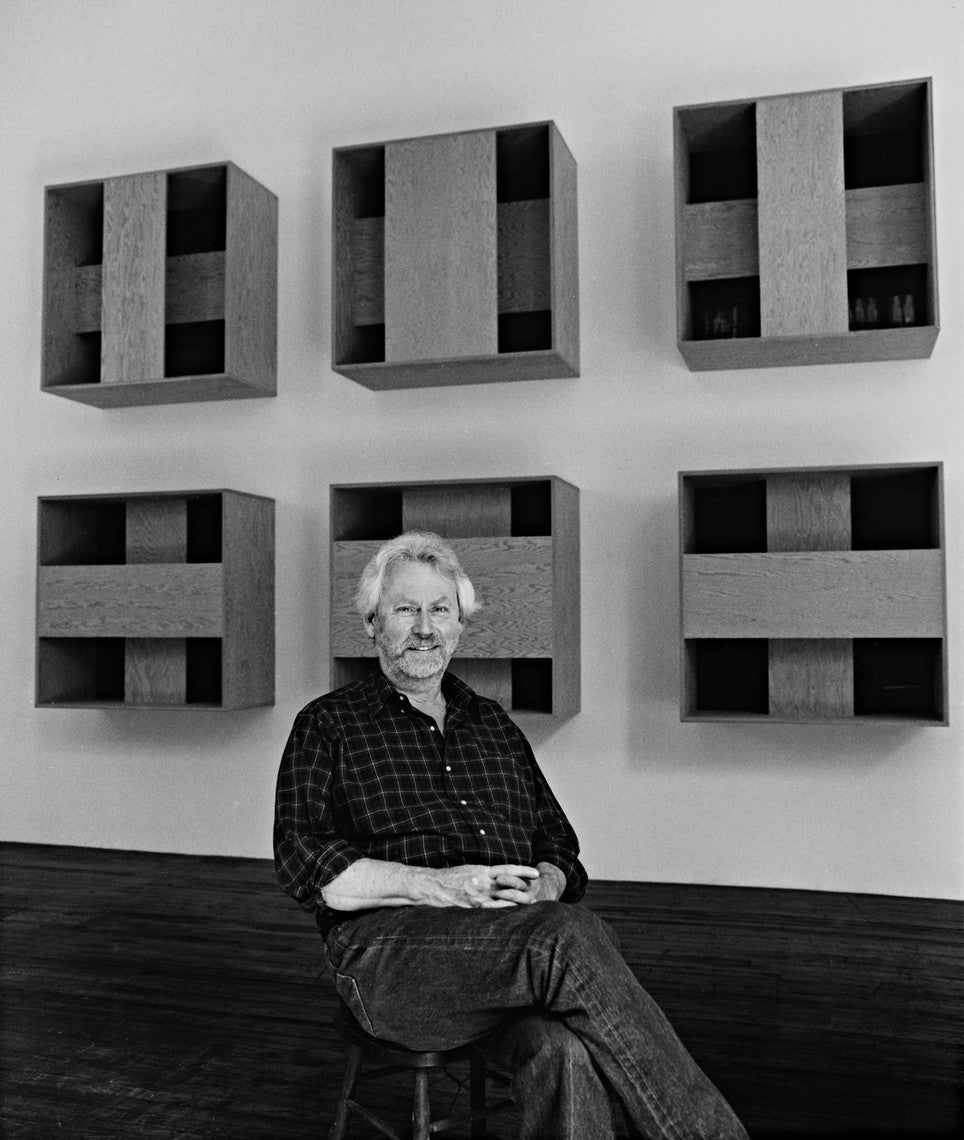
Meet the Maker
Considered one of Denmark’s greatest and most influential architects, Mogens Lassen pioneered Danish Functionalism, taking his cues from Bauhaus sensibilities. His interior designs are a natural continuation of his architectural approach and add energy and atmosphere to everyday living spaces and tasks. From decorative objects to larger furniture designs, his designs delicately balance presence without drawing undue attention, finding their natural place in any space.











